Text
The National Archives has unveiled a new state-of-the-art digitization center!
Equipment in the new center includes high-speed scanners and overhead camera systems that handle various record types and formats. Thanks to this equipment, the National Archives will be able to digitize up to 10 times as many records per year, providing Americans with increased access.
“We are committed to expanding free, online public access to our holdings through the National Archives Catalog. This new digitization center will help us meet our strategic goal of digitizing and making available 500 million pages of records by September 30, 2026, and even larger numbers after that.” - Archivist of the United States Dr. Colleen Shogan.
Learn more: https://www.archives.gov/news/articles/mass-digitization-center-college-park-opening
206 notes
·
View notes
Text
Power and Light Exhibit 💡
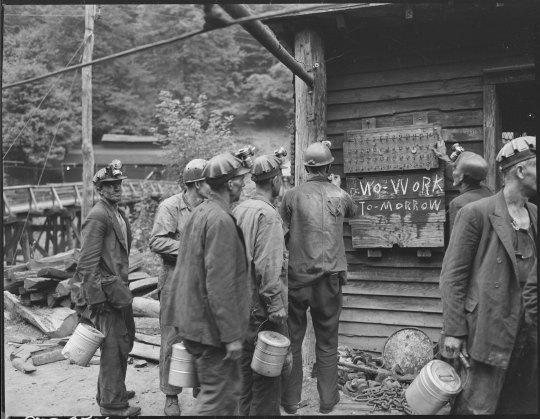
Immerse yourself in the Power & Light exhibit, a profound exploration of the coal miner’s life in 1946 America through the compassionate lens of Russell Lee. A master of documentary photography, Lee was tasked with an extraordinary project following labor strikes—a nationwide survey capturing the essence of remote coal communities. His photos, over 200 of which are featured in our #ArchivesPowerAndLight exhibit, shed light on the rich tapestry of everyday moments against the backdrop of a pivotal time in labor history.
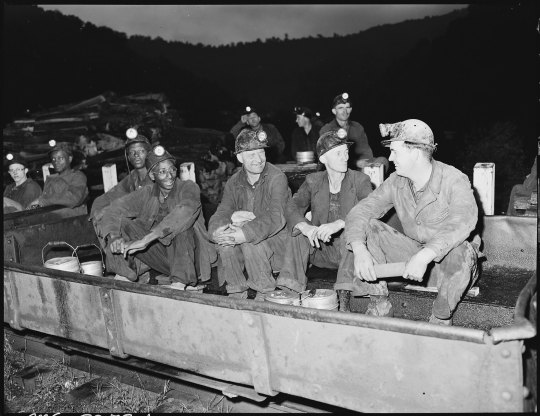
Beyond documenting the gritty realities of coal mining, Lee's photographs celebrate the strength, resilience, and unity of the families that powered these communities. From pride in their homes to solidarity in the mines, every image narrates a story woven into the broader American saga.

Lee, a notable figure among the greats like Walker Evans and Dorothea Lange, believed in the power of photography to create social change. He carried his camera through 13 states, into the homes and lives of those who toiled beneath the earth, and emerged with more than just images—he captured stories that continue to resonate with us today.

This exhibit invites you to traverse time and experience the power and light within this historical archive. Witness the intimate and candid moments Lee immortalized and see the enduring legacy of his work at the National Archives.
90 notes
·
View notes
Text
Call to arms! Is reading cursive your superpower? 📜🔍
The National Archives and the National Park Service are collaborating on a special project to transcribe the #RevolutionaryWar veteran pension files.
Join in today and help tell the story of America's first veterans!
https://www.archives.gov/citizen-archivist/missions/revolutionary-war-pension-files
249 notes
·
View notes
Text
Tailspin Tapestries: The Colorful Faces of WWII Aircraft 🃏
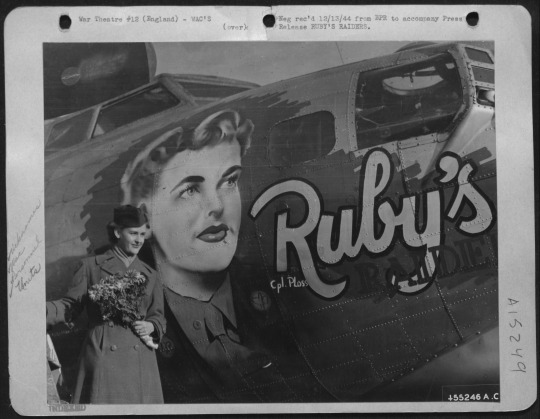


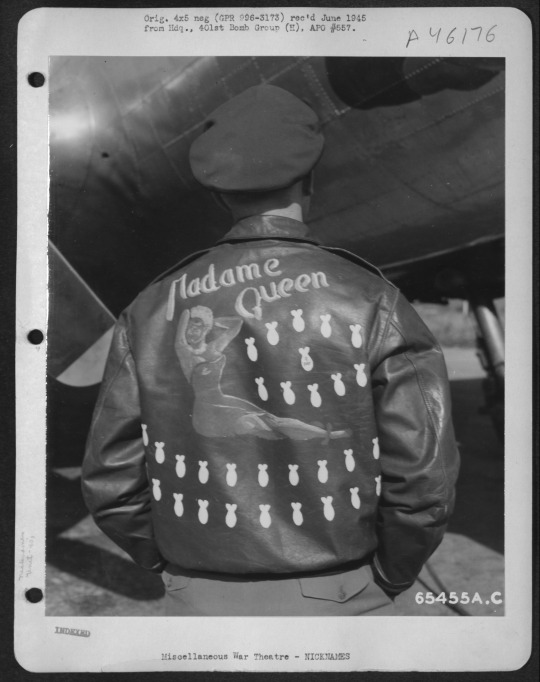
Nose art, the decorative painting or design on the fuselage of military aircraft, has a storied history that peaked during World War II. This vibrant, often cheeky artwork served as a morale booster for the crew, adding a personal touch to the grimness of war and providing a sentimental tie to the home they were fighting to protect. The practice traces its origins to Italian and German pilots in World War I, but it was during World War II that American airmen embraced this form of expression with unparalleled creativity.


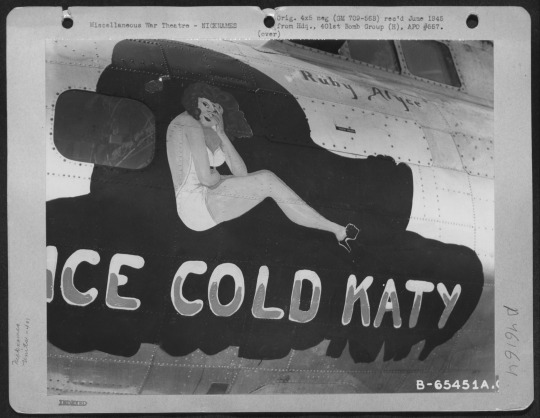

World War II represented the golden age of nose art, with American crews stationed in Europe and the Pacific leading in creativity. Artworks ranged from ferocious animals and cartoon characters to pin-up girls and patriotic symbols, each with a unique name that reflected the aircraft's character, the crew's aspirations, or an inside joke among the squadron. Names like "Memphis Belle," "Enola Gay," and "Sack Time" became as legendary as the aircraft themselves, symbolizing the spirit of the crew and their mission.




Nose art was crucial to boosting morale among crew members, providing a sense of individuality and ownership over their aircraft in an otherwise regimented and dehumanizing environment. This artwork fostered an emotional attachment to their planes, with each piece a vivid manifestation of the crew's bond. It represented a piece of home and personality in foreign skies, a reminder of what they fought for and the camaraderie that sustained them.


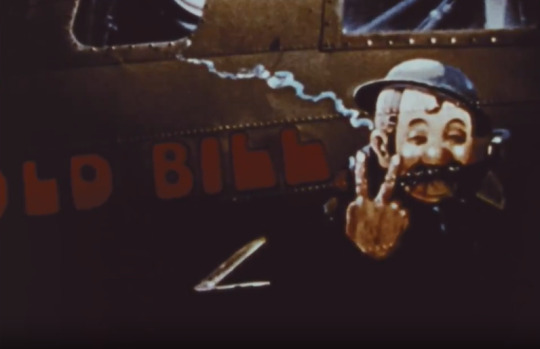
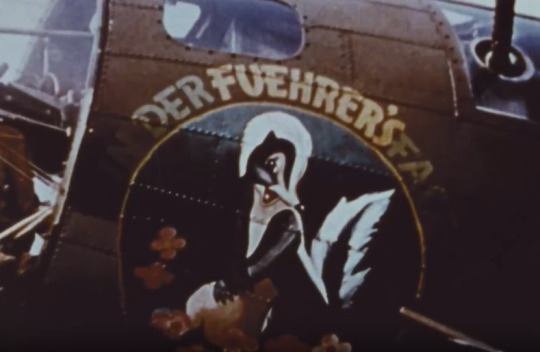

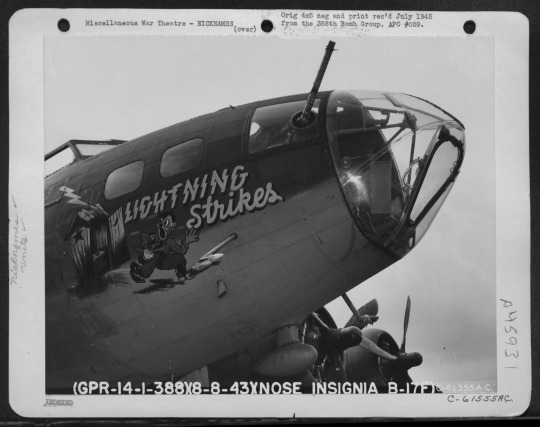

The subject matter of nose art varied widely, reflecting diverse personalities within the crews. Cartoons and comic characters like Donald Duck and Bugs Bunny were favorites for their humor and relatability. Artwork also featured fierce sharks, tigers, and eagles, symbolizing the aircraft and crew's power and aggression.
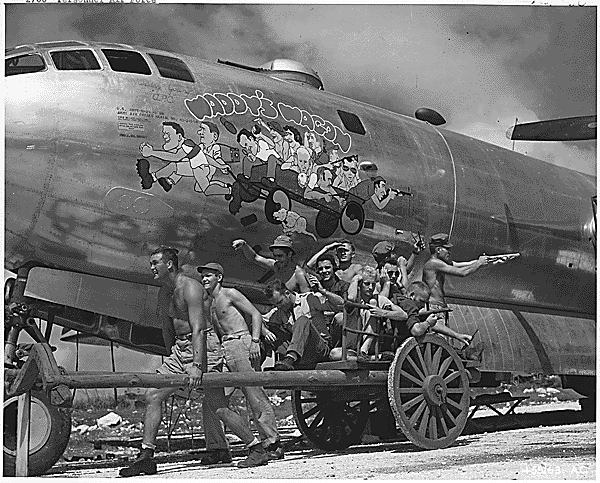

Many nose art pieces were painted by the crew members themselves, though some squads had designated artists. Individuals like Don Allen, who painted nearly 100 pieces of nose art, were celebrated for their contributions. Using whatever materials were at hand, these artists created masterpieces under challenging conditions, showcasing remarkable ingenuity and talent.

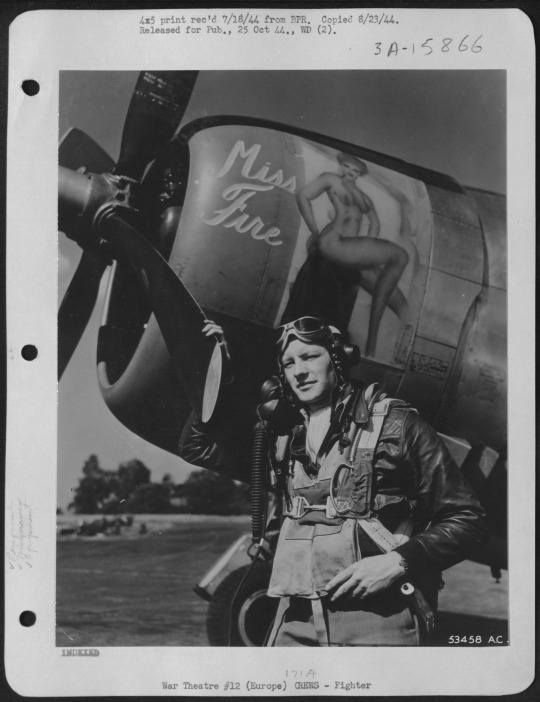
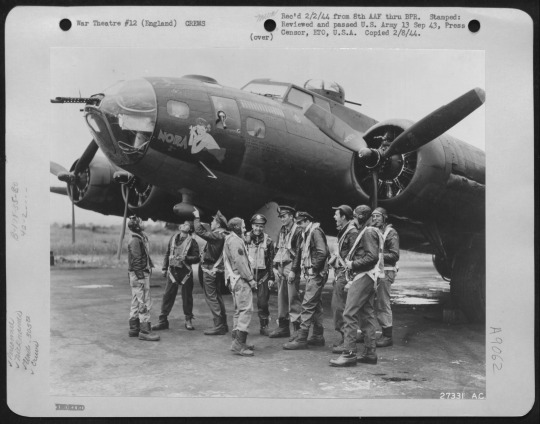
The practice of nose art declined after World War II, largely due to stricter military regulations and the evolving nature of warfare. However, its legacy endures, captivating historians, veterans, and enthusiasts. World War II nose art remains a powerful reminder of the human element amidst war's machinery, a colorful testament to the resilience, creativity, and spirit of those who served.
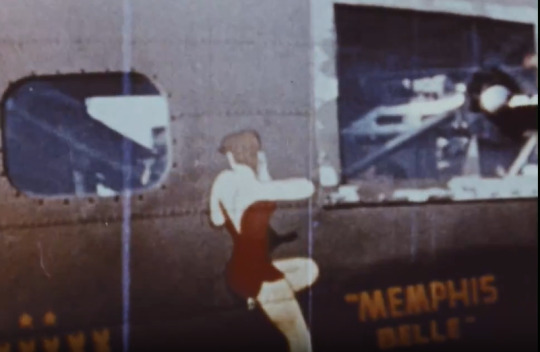




The National Archives holds a treasure trove of photographs featuring this iconic nose art, often discovered in ordinary crew photos where the art itself isn't the primary focus of the image. This creates a fascinating treasure hunt for enthusiasts and researchers alike, offering glimpses into the past where this artwork accompanies stories of bravery, camaraderie, and the personal touches that made these aircraft more than just machines of war.
More resources on the National Archives website and Catalog:
https://nara.getarchive.net/topics/nose+art
https://www.archives.gov/research/military/ww2/photos
380 notes
·
View notes
Text
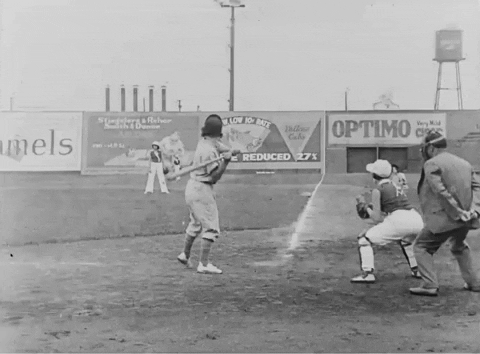
⚾ Before #WWII, women played #baseball in junior and minor leagues throughout the United States. In 1930, Universal News highlighted a "All-Girls Teams in Slug-fest," a game played between Niles and Oakland. ⚾
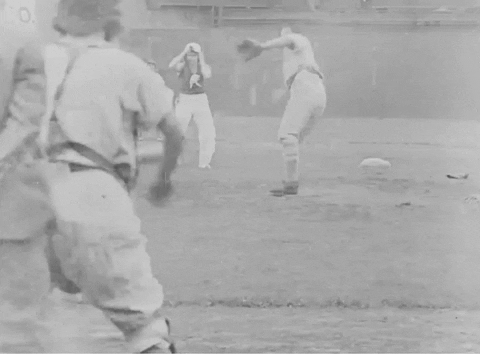
#openingday#baseball#opening day#women's history#women's history month#sports history#sports#baseball history#national archives#women's sports#women's baseball
130 notes
·
View notes
Text
A Woman’s War
Personnel shortages led the military to enlist more than 300,000 women volunteers during World War II. All of the military services created posters that encouraged women to join up. Thousands were recruited to serve as nurses. But many more chose to enter one of the women’s auxiliaries formed by the services.
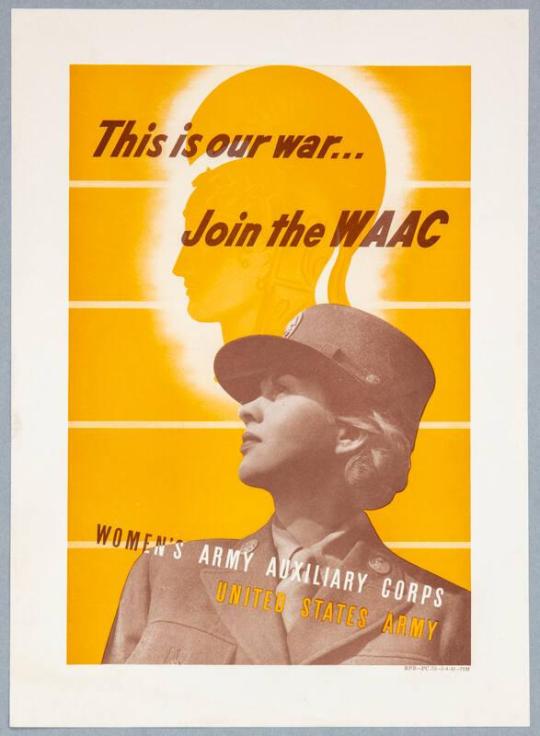
Over 150,000 served in the Women’s Army Corps (WAC/WAAC) in jobs ranging from telephone, radio, and teletype operator to cryptographer, medical technician, sheet metal worker, and aircraft mechanic.
The Navy recruited over 80,000 WAVES (Women Accepted for Volunteer Emergency Service). They worked as clerks, secretaries, cryptologists, air traffic controllers, meteorologists, and translators.

The Marine Corps Women’s Reserve, established in February 1943, enrolled 23,000 women during the war.
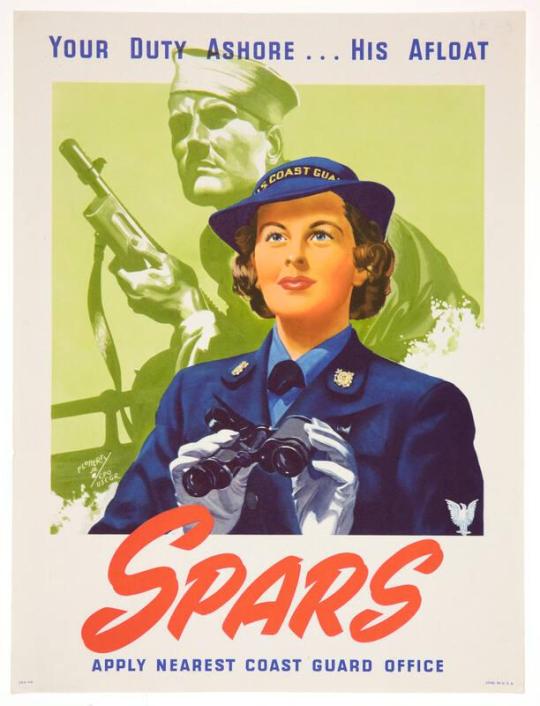
While the Coast Guard Women’s Reserve enlisted more than 10,000 between 1942 and 1946.
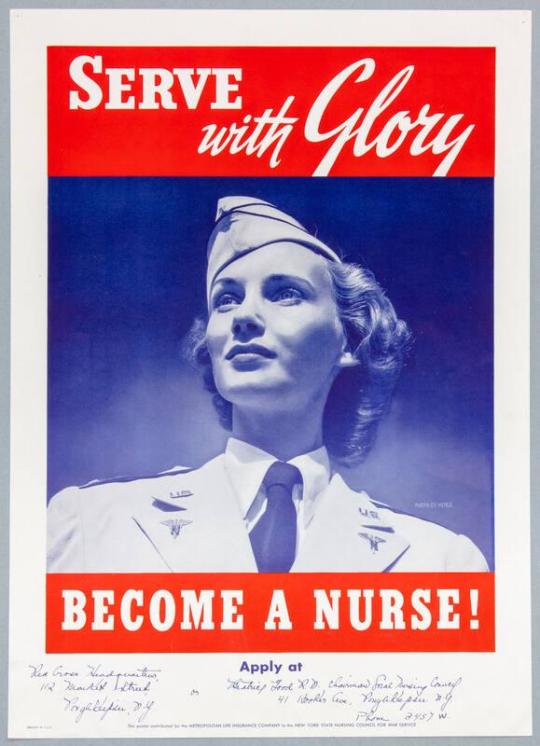
Like some of the wartime posters that encouraged women to the join the industrial workforce, military recruitment posters sometimes offered mixed messages. Prevailing biases regarding gender roles dictated that women not serve in combat roles.
Learn more about this collection: https://fdr.artifacts.archives.gov/advancedsearch/Objects/invno%3AMO%202005.13.17*/images?page=1
Follow along throughout 2024 as we feature more #TheArtOfWar WWII posters from our Digital Artifact Collection.
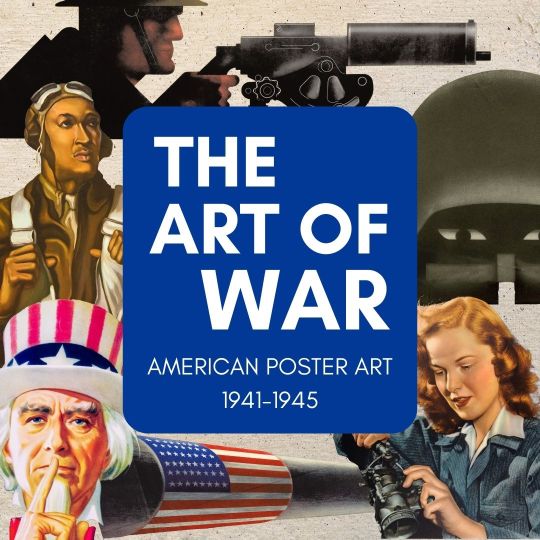
97 notes
·
View notes
Text
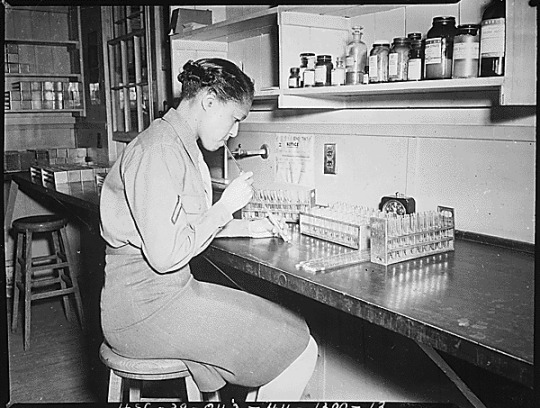
"Pfc. Johnnie Mae Welton, Negro WAC, laboratory technician trainee, conducts an experiment in the serology laboratory sf the Fort Jackson Station Hospital, Fort Jackson, SC."
Record Group 111: Records of the Office of the Chief Signal OfficerSeries: Photographs of American Military Activities
This black and white photograph shows Pfc. Johnnie Mae Walton, an African American woman in the Women’s Army Corp, sitting at a lab table. She wears a military uniform and her hair is tied back. She appears to be blowing through a straw into a test tube. Three racks of test tubes are on the lab table before her.
129 notes
·
View notes
Text
"It's a tradition with us, mister!" - Volunteer for the #RevWarVets mission today.

Under the alias Robert Shurtliff, Deborah Gannett served valiantly for over two years. She braved the battlefield at Tarrytown, was wounded, and stood witness to Cornwallis’s surrender. Remarkably, she is believed to be the only woman to receive a pension for her own service in the Revolution.
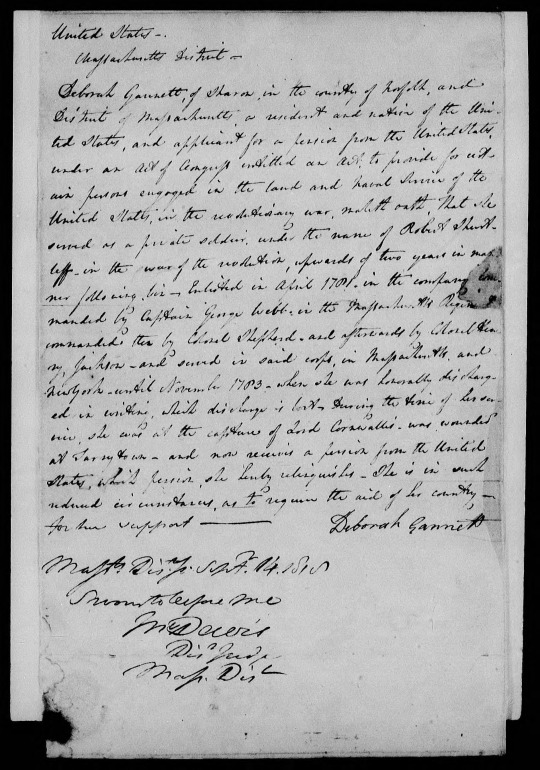
This story is just one of many waiting to be discovered and shared through the #RevWarVets Transcription Project in partnership with the National Park Service.
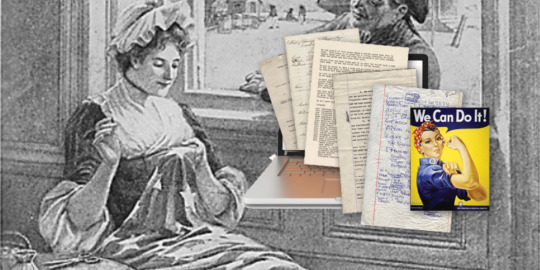
Your participation can make a huge difference. By joining our transcription project, you help bring these vital stories of our first veterans to light, ensuring they are remembered and honored.
Get started today!
Project Page:
https://www.archives.gov/citizen-archivist/missions/revolutionary-war-pension-files
Deborah’s Catalog entry:
119 notes
·
View notes
Text
We're on a mission to make history even more accessible and engaging for you!
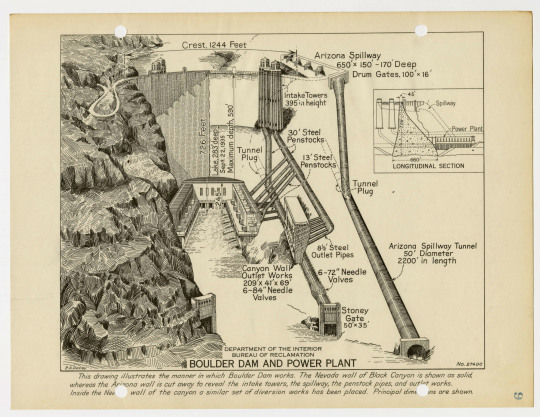
From the towering majesty of the Golden Gate Bridge to the innovative designs of the Hoover Dam, the National Archives Catalog houses incredible records of engineering feats that have shaped our landscape. Discover the stories behind these monumental projects through detailed blueprints, captivating photographs, and personal accounts of the men and women who turned bold visions into reality.
We’re on a mission to make history even more accessible and engaging for you! Have thoughts on how we can improve our Catalog?
Take a moment to fill out our survey: https://www.surveymonkey.com/r/NARAnewcatfb
79 notes
·
View notes
Text
Katherine Johnson: The Mathematician Who Launched Astronauts into Space and Women into STEM 🚀👩🚀

In the vast expanse of the cosmos, where men first dreamed of reaching the stars, Katherine Johnson calculated the path that would get them there. This story isn't just about trajectories and orbits; it's about a woman whose brilliance in mathematics helped break the barriers of space and gender.

Johnson's journey began in White Sulphur Springs, West Virginia, where her curiosity and intelligence shone from an early age. Despite encountering segregation and sexism, she charted a course that would lead her to NASA, where her skills became indispensable to the success of the U.S. space program. Her calculations were critical to the success of the Mercury missions, including John Glenn's pioneering orbital flight, for which he specifically requested Johnson verify the computer's numbers. "If she says they're good," Glenn said, "then I'm ready to go."

But Johnson's contributions went beyond Mercury. She also played a role in the Apollo missions, including the first lunar landing, and her work on orbital mechanics laid the groundwork for the Space Shuttle program and plans for a Mars mission.

Her legacy is a beacon for women and people of color in STEM, symbolizing the power of intelligence and perseverance to overcome societal constraints. Johnson's story teaches us that the path to the stars is paved with determination, hard work, and an unwavering belief in one's own abilities.

Katherine Johnson's calculations helped lead humanity to the moon, but her impact extends far beyond the numbers. She charted a course for future generations of women in STEM, proving that the sky is not the limit—it's just the beginning. As we look up at the stars, we remember her legacy, not just as a mathematician, but as a trailblazer who launched us into a new era of exploration and equality.
#PiDay#KatherineJohnson#Katherine Johnson#NASA#Mathematics#National Archives#Women's History Month#HERstory#Archives#Apollo13#Mercury#STEM#Women in STEM#Science
485 notes
·
View notes
Text
The banners went up today for our new exhibit!
“Power & Light: Russell Lee’s Coal Survey” features more than 200 of Russell Lee’s photographs of coal miners and their families.
The man on the banner is Harry Fain, who was working as a coal loader for Inland Steel Company in Wheelwright, Kentucky, in 1946. He and his family appear in photographs throughout the exhibit.
“Power & Light” is free and opens to the public on March 16 in the Lawrence F. O’Brien Gallery in the National Archives Building in Washington, DC.
Visit museum.archives.gov for details.
75 notes
·
View notes
Text
"It's a tradition with us, mister!" - Volunteer for the #RevWarVets mission today.

Under the alias Robert Shurtliff, Deborah Gannett served valiantly for over two years. She braved the battlefield at Tarrytown, was wounded, and stood witness to Cornwallis’s surrender. Remarkably, she is believed to be the only woman to receive a pension for her own service in the Revolution.

This story is just one of many waiting to be discovered and shared through the #RevWarVets Transcription Project in partnership with the National Park Service.

Your participation can make a huge difference. By joining our transcription project, you help bring these vital stories of our first veterans to light, ensuring they are remembered and honored.
Get started today!
Project Page:
https://www.archives.gov/citizen-archivist/missions/revolutionary-war-pension-files
Deborah’s Catalog entry:
#RevWarVets#Revolutionary War#National Archives#Transcription#HERstory#History#Veterans#Citizen Archivist#Research#Women's History Month
119 notes
·
View notes
Text
The WAVES of Change: Women's Valiant Service in World War II 🌊
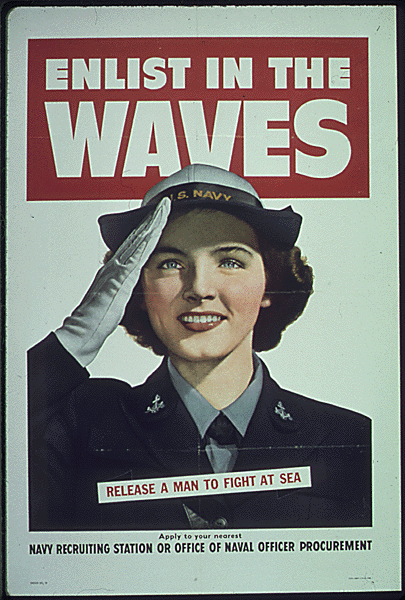
When the tides of World War II swelled, an unprecedented wave of women stepped forward to serve their country, becoming an integral part of the U.S. Navy through the Women Accepted for Volunteer Emergency Service (WAVES) program. This initiative not only marked a pivotal moment in military history but also set the stage for the transformation of women's roles in the armed forces and society at large. The WAVES program, initiated in 1942, was a beacon of change, showcasing the strength, skill, and patriotism of American women during a time of global turmoil.
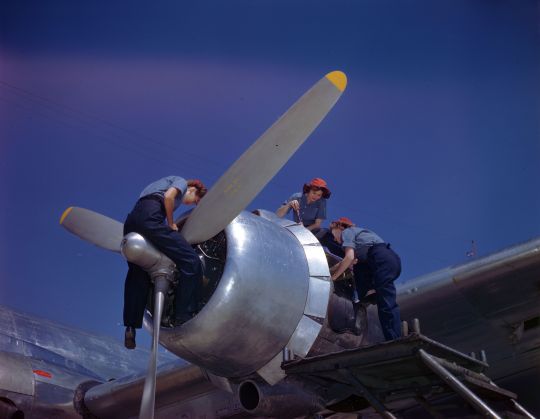
The inception of WAVES was a response to the urgent need for additional military personnel during World War II. With many American men deployed overseas, the United States faced a shortage of skilled workers to support naval operations on the home front. The WAVES program was spearheaded by figures such as Lieutenant Commander Mildred H. McAfee, the first woman commissioned as an officer in the U.S. Navy. Under her leadership, WAVES members were trained in various specialties, including communications, intelligence, supply, medicine, and logistics, proving that women could perform with as much competence and dedication as their male counterparts.
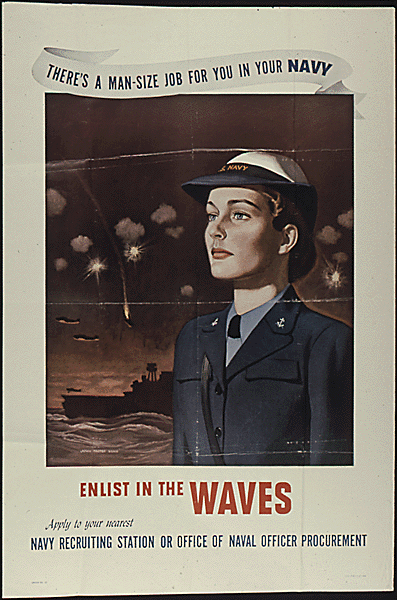
The impact of the WAVES program extended far beyond the war effort. Throughout their service, WAVES members faced and overcame significant societal and institutional challenges. At the time, the idea of women serving in the military was met with skepticism and resistance; however, the exemplary service of the WAVES shattered stereotypes and demonstrated the invaluable contributions women could make in traditionally male-dominated fields. Their work during the war not only contributed significantly to the Allies' victory but also laid the groundwork for the integration of women into the regular armed forces.

The legacy of the WAVES program is a testament to the courage and determination of the women who served. Their contributions went largely unrecognized for many years, but the program's impact on military and gender norms has been profound. The WAVES paved the way for future generations of women in the military, demonstrating that service and sacrifice know no gender. Today, women serve in all branches of the U.S. military, in roles ranging from combat positions to high-ranking officers, thanks in no small part to the trail blazed by the WAVES.


The WAVES program was more than just a wartime necessity; it was a watershed moment in the history of women's rights and military service. The women of WAVES not only supported the United States during a critical period but also propelled forward the conversation about gender equality in the armed forces and beyond. Their legacy is a reminder of the strength and resilience of women who rise to the challenge, breaking barriers and making waves in pursuit of a better world.
Read more: https://prologue.blogs.archives.gov/2023/11/06/historic-staff-spotlight-eunice-whyte-navy-veteran-of-both-world-wars/
201 notes
·
View notes
Text
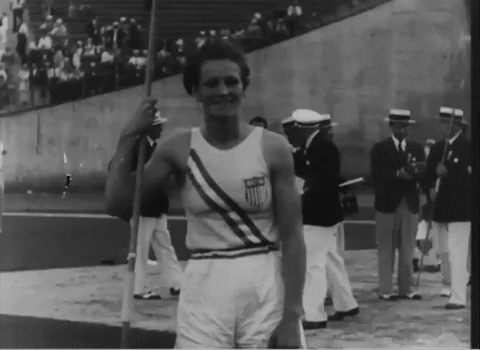
March is #WomensHistoryMonth and March 8 is International Women’s Day. The National Archives is celebrating with special programs on women throughout the month.
Learn more about these programs and our extensive online Women's History Month resources.
82 notes
·
View notes
Text
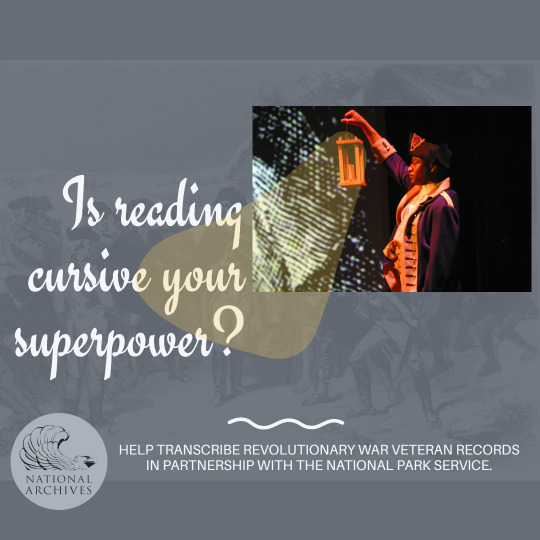
“I was in Monmouth battle and many others and received a wound in my face from a ball, the scar of which is still visible.” – Robert Green, veteran
Robert Green gave this testimony at the age of 65 when applying for a federal pension for his service. Green’s story embodies the courage and resilience of African American patriots during the Revolutionary War. Wounded at the Battle of Monmouth, Green’s journey is a testament to the sacrifices made for the liberties we cherish today.
We invite you to be a part of a monumental effort to bring these stories to light. By joining our Revolutionary War Veterans Transcription Project, you’re not just transcribing documents; you’re helping to preserve and honor the legacy of African American soldiers.
You can ensure their stories, their sacrifice, and their dreams are not forgotten. Dive into history, transcribe with us, and help make the legacy of heroes like Robert Green accessible for generations to come.
Visit https://www.archives.gov/citizen-archivist/missions/revolutionary-war-pension-files for details!
#RevWarVets#Veterans#RepresentedInTheArchives#cursive#ReadingCursiveIsASuperpower#Transcription#Research#History#Pension Files#National Archives Catalog#Revolutionary War#Citizen Archivist#Volunteer
996 notes
·
View notes
Text
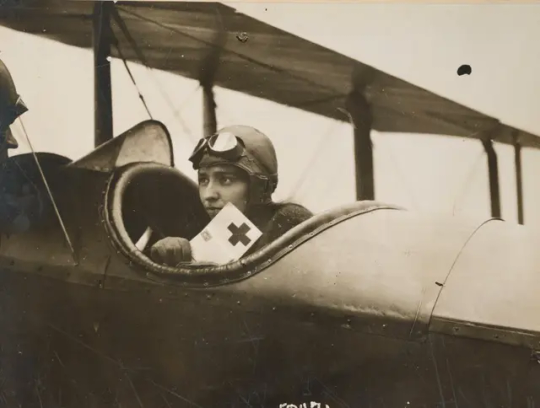
With the National Archives Catalog, you can dive into the fascinating stories of American women who soared to new heights in aviation! The National Archives Catalog reveals the daring and determination of pioneers like Amelia Earhart, Ruth Law, and Bessie Coleman, who broke barriers and set new records in the sky.
Your insights matter to us! Are you a Catalog user and have thoughts on how we can improve the Catalog?
Take a moment to fill out our survey: https://www.surveymonkey.com/r/NARAnewcatfb
#NationalArchivesCatalogSurvey#National Archives#Catalog#History#Women's History Month#Women's History#Research#Digital Archives#Archives
72 notes
·
View notes
